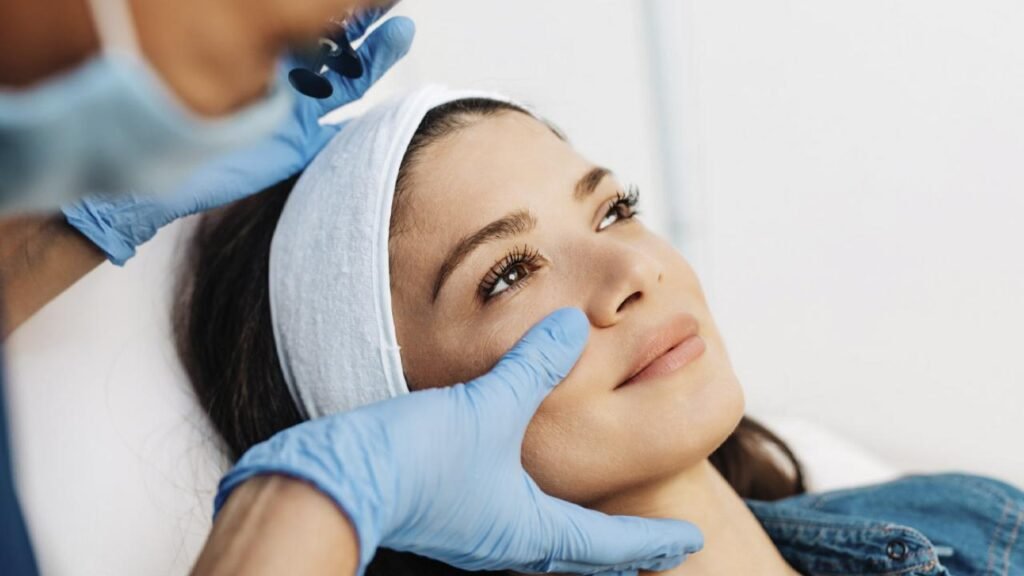What You Should Know About Cosmetic Dermatology: Insights from Experts
As cosmetic procedures continue to rise in popularity, understanding the ins and outs of cosmetic dermatology becomes crucial. This branch of medicine focuses not only on enhancing beauty but also on boosting self-esteem and maintaining skin health.
What is Cosmetic Dermatology?
Cosmetic dermatology involves a variety of non-invasive and minimally invasive treatments designed to improve the appearance of skin, hair, and nails. These procedures include:
- Neuromodulators (e.g., Botox)
- Dermal fillers
- Chemical peels
- Microneedling
- Laser therapies
Such treatments aim to address issues such as:
- Wrinkles and fine lines
- Acne scars
- Hyperpigmentation
- Volume loss
With advancements in technology, these procedures provide natural-looking results with minimal downtime.
Communicating with Your Dermatologist
Communication is key to achieving satisfactory results. Dr. William L. Waller III, a dermatologist from Hattiesburg Clinic Dermatology—South, emphasizes the importance of expressing your concerns. He advises patients to be vocal about their expectations and desired outcomes:
“Let the physician know what your focus is because everybody can have different ideas of what beauty looks like.”
Understanding Treatments
Overview of Popular Procedures
- Botox: Known for its rejuvenating effects, Botox injections typically become effective within 1-2 days, lasting up to several months.
- Laser Therapy: This method can address a variety of skin conditions, with two types of lasers:
- Ablative Lasers: Remove the top layer of skin.
- Nonablative Lasers: Target deeper skin layers without causing surface damage.
Microneedling
This technique uses small needles to induce micro-injuries in the skin, encouraging the production of collagen and elastin. Benefits include:
- Suitable for all skin types
- Minimal downtime (1-2 days)
- Improved texture and tone
Microneedling can be enhanced with Platelet-Rich Plasma (PRP), which utilizes the patient’s own blood to promote healing.
Treatment Schedules
- Botox: Typically needs touch-ups every 3-4 months.
- Fillers: May offer results lasting up to 2 years.
- Laser Treatments: Often require multiple sessions for optimal results, with recommendations generally ranging from 3 to 5 treatments.
Lifestyle Impact on Outcomes
Dr. Waller notes the influence of lifestyle on results:
“Smokers often have a harder time healing, which can impact treatment results.”
Costs and Insurance Coverage
Most cosmetic procedures fall under out-of-pocket expenses, though certain medical conditions may qualify for insurance coverage.
Important Pre- and Post-Treatment Care
Pre-Treatment Guidelines
- Avoid Sun Exposure: It’s crucial to minimize sun exposure two weeks before and after treatments, especially for laser procedures.
- No Irritating Skin Products: Avoid retinol or chemical peels leading up to your appointment.
Post-Treatment Care
- Allow time for skin to heal and follow a gentle skincare routine.
- Use healing-promoting products as advised by your dermatologist.
Gradual Results
Expect natural, gradual improvements, especially with microneedling and laser treatments. Many patients appreciate that results are subtle and not overly dramatic:
“You should expect a very natural result with most of these treatments,” Dr. Waller suggests.
Conclusion
Understanding cosmetic dermatology equips patients to make informed decisions regarding their skin care. Consult with a certified dermatologist to explore personalized options that align with your beauty goals.
For more information on cosmetic dermatology, consider visiting American Academy of Dermatology and American Society for Aesthetic Plastic Surgery.
Related Topics
By focusing on your unique requirements and collaborating closely with your dermatologist, you can achieve the best possible outcomes in your cosmetic dermatology journey.


